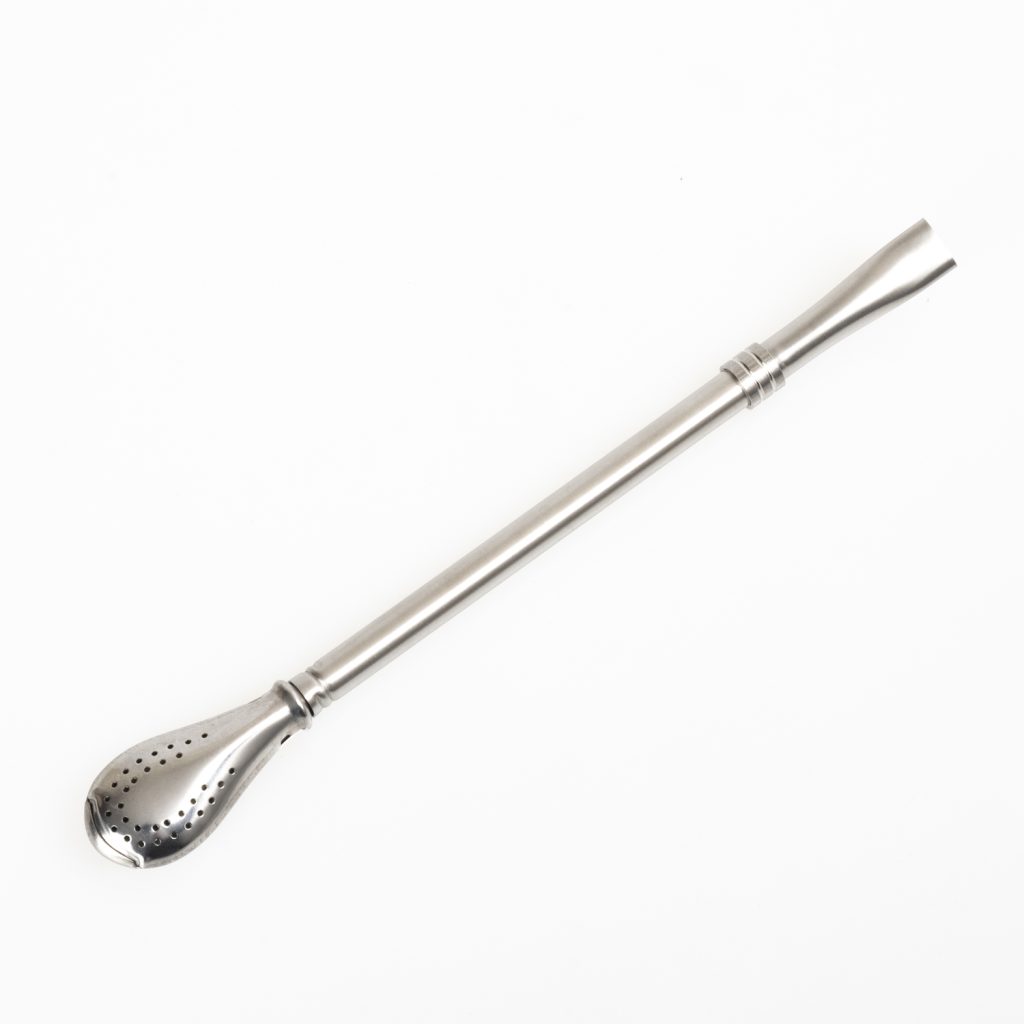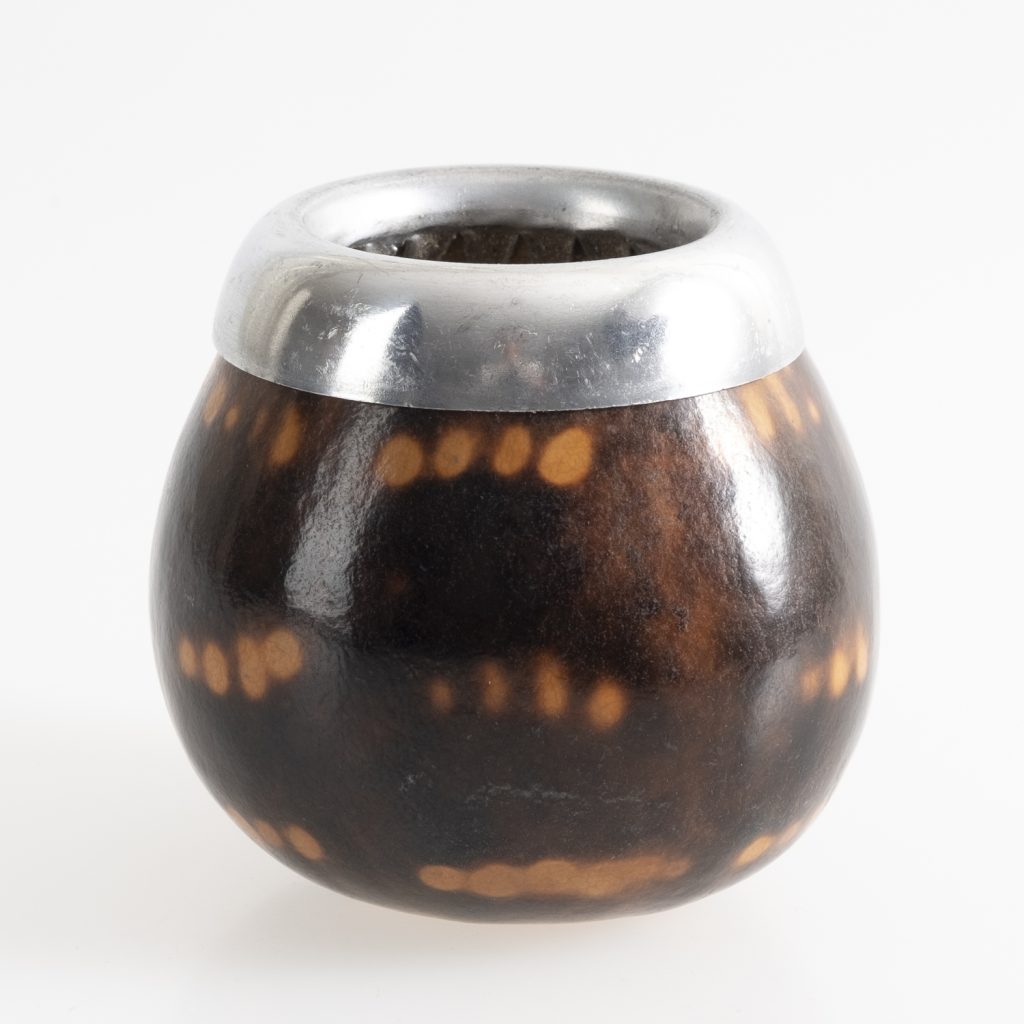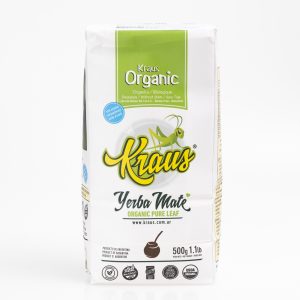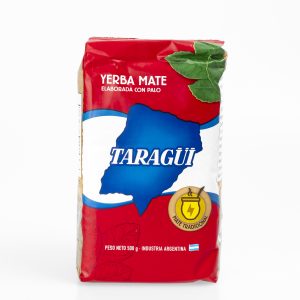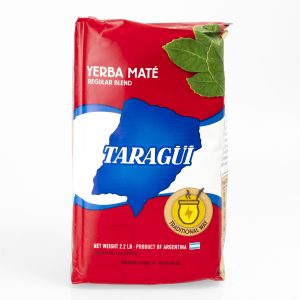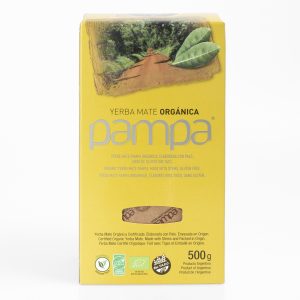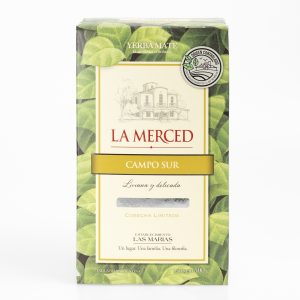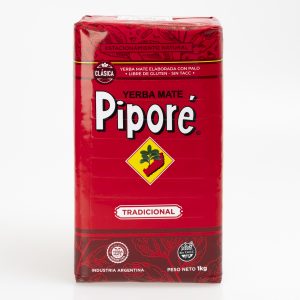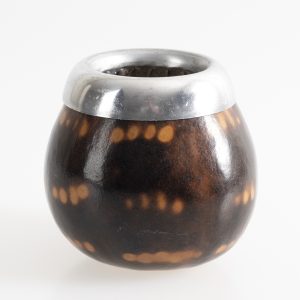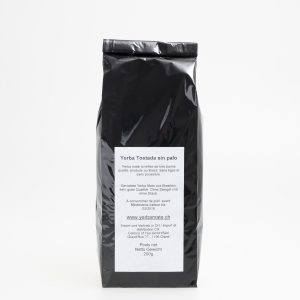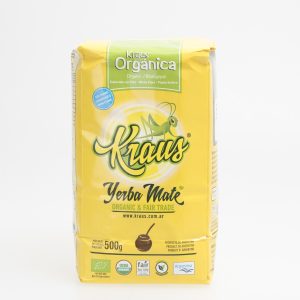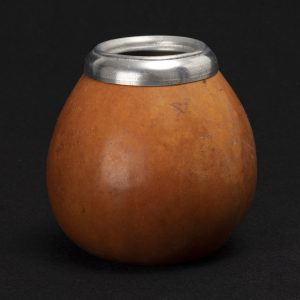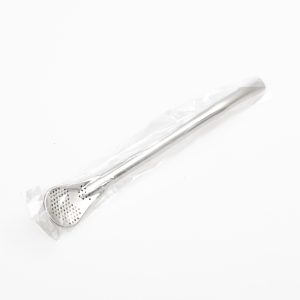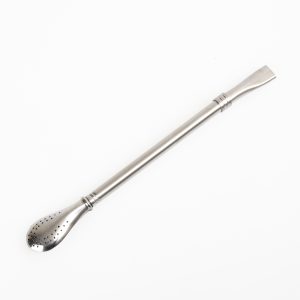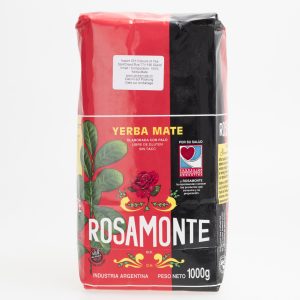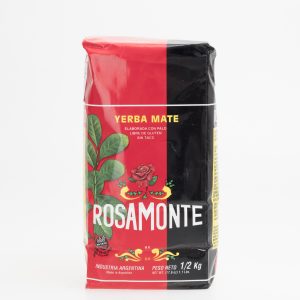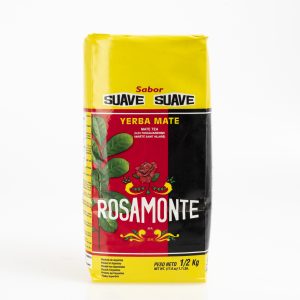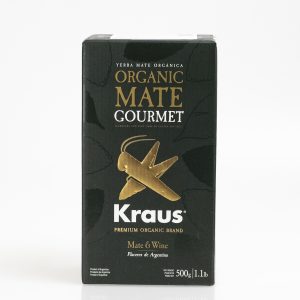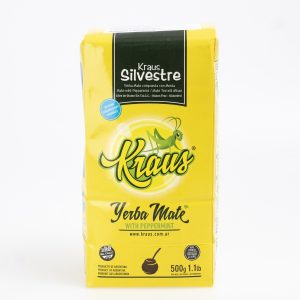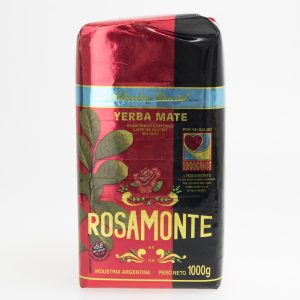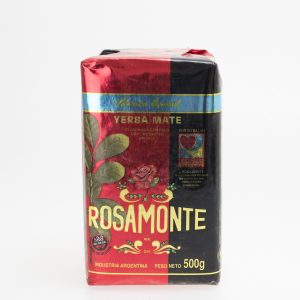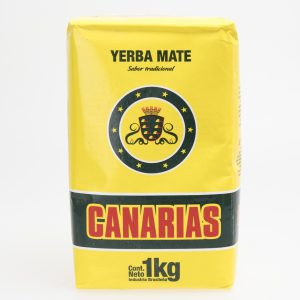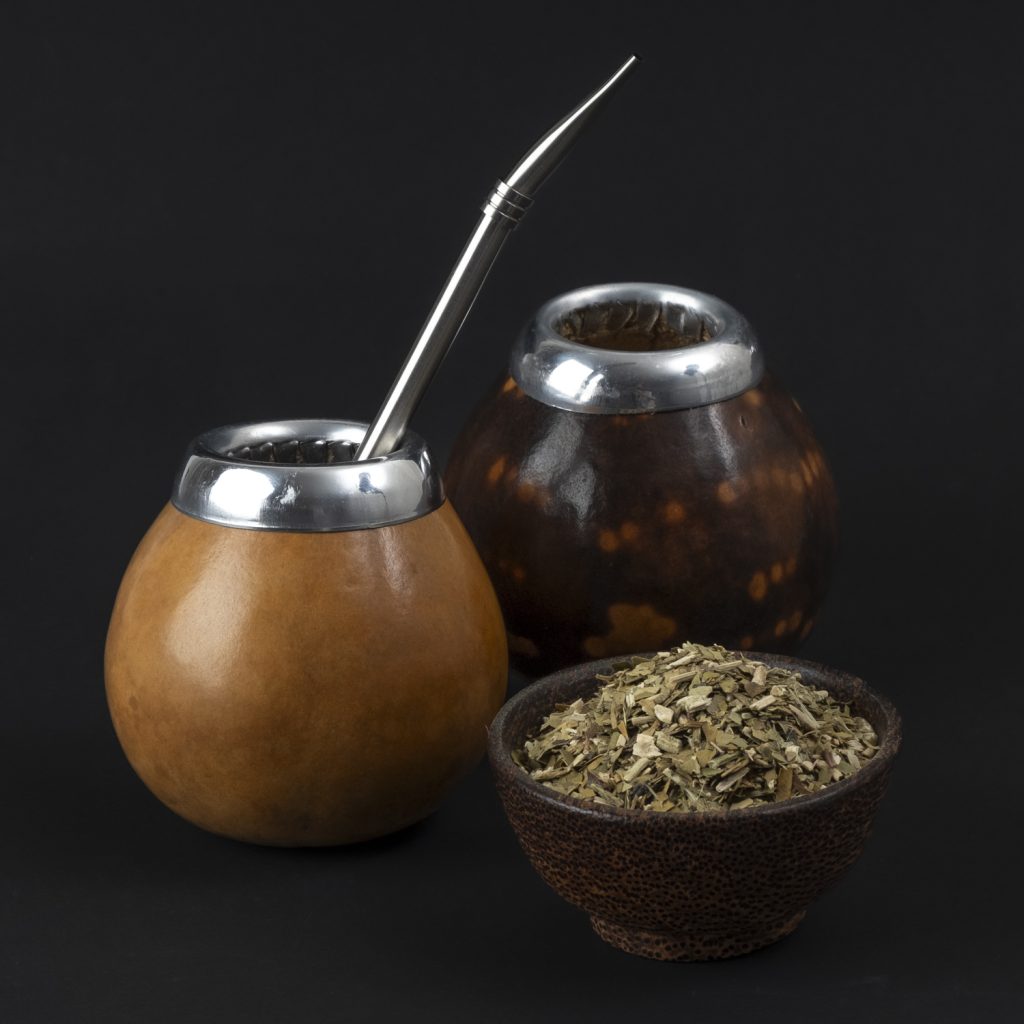
Mate – the invigorating cult drink from South America
Yerba mate tastes like tea and has the same effect as coffee, but is neither. Originally from the deep jungles of South America, this “drink of the gods” was already enjoyed by the indigenous peoples of South America. Mate is an extraordinary, invigorating and delicious drinking experience that is said to have concentration-enhancing and immune-boosting properties.
The leaves contain ingredients that increase the stimulation of the energy metabolism. As a result, the estimated 80 mg of caffeine in a cup of mate has the same or sometimes even a stronger effect than the 120 mg of caffeine in a cup of coffee. Nevertheless, mate has a milder effect on the human organism and usually does not cause nervousness or palpitations. Mate also contains the same substance as cocoa, which is said to induce feelings of happiness.
The plant
The mate bush has leathery leaves and grows in mountain forests at an altitude of 500 to 700 metres above sea level. It is an evergreen holly plant and can reach a height of up to 15 metres in the wild. Due to its imposing size, it is often referred to as the mate tree. On the plantations, however, the plants are kept lower so that they can be harvested more easily.
A mild climate without major weather fluctuations with medium to high humidity are the ideal growing conditions. As the shrub is very sensitive to light in the first two years after planting, artificial shade must be provided in agricultural cultivation. In order to obtain a plant that is as robust as possible, the bushes are cut off just above the ground at this point. The young shoots then grow back much stronger and thicker. The first harvest can take place after around four years. The strong leaves can be picked by hand between May and September. This time of ripening is crucial for a full flavour.
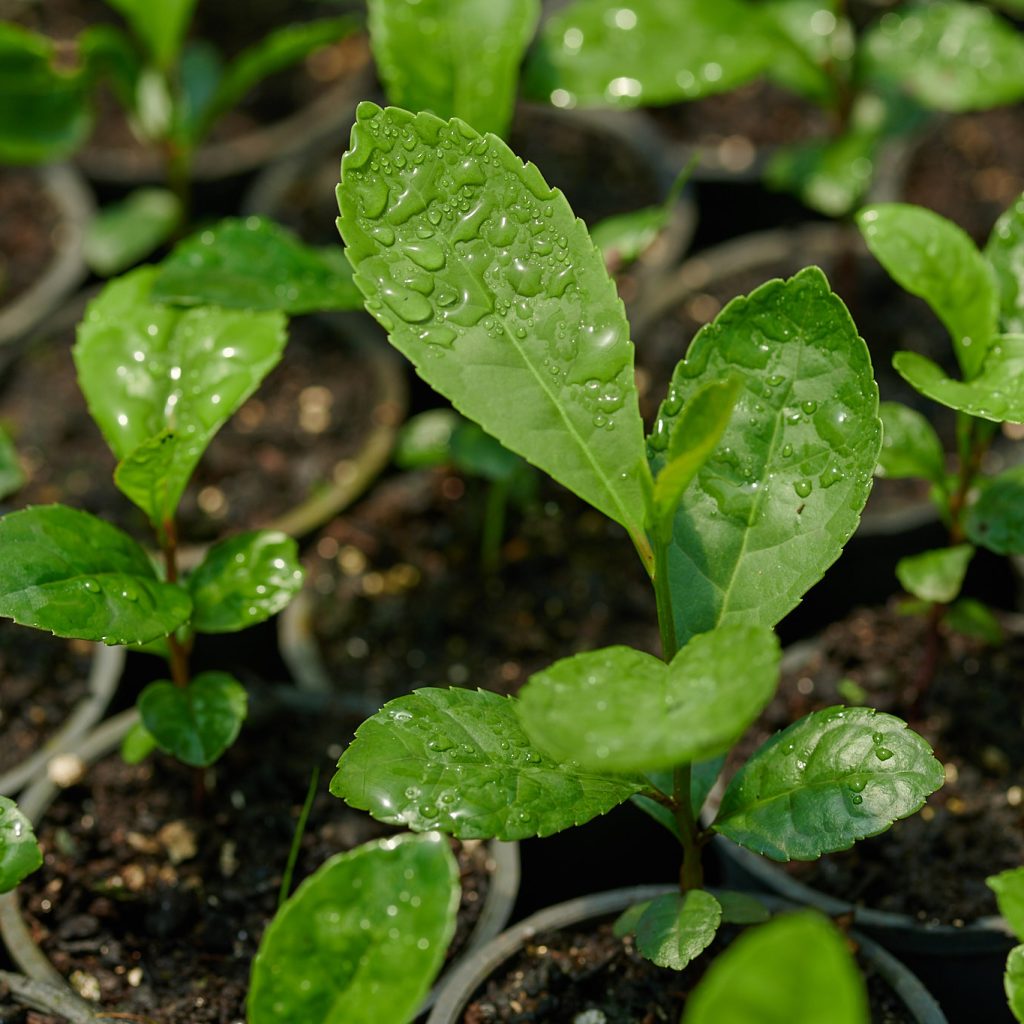
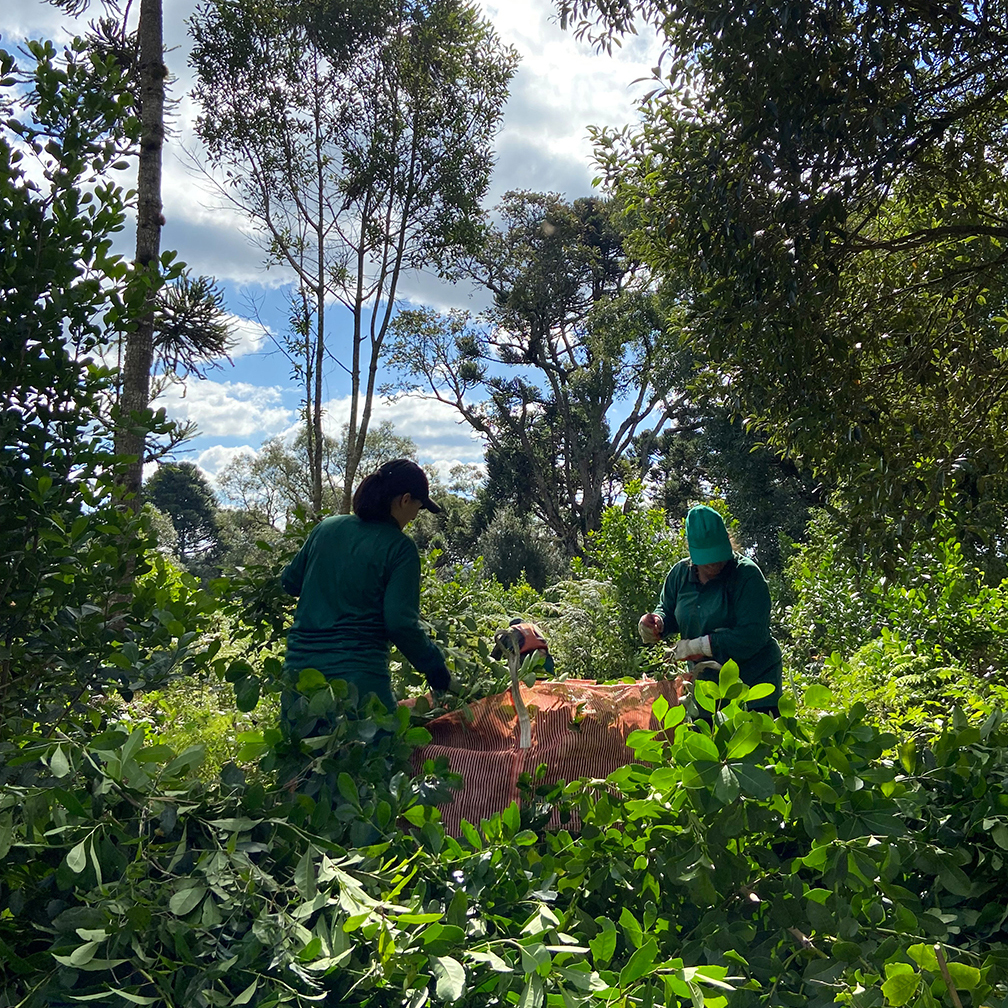
Processing mate plants
Depending on where it is grown, Yerba Mate can be harvested every year, but in some regions only every two years. Unlike green tea, not just the leaves but entire branches are removed from the bush.
There are two different ways of processing Yerba Mate: simple drying or drying over a fire. The decisive factor is the flavour that the mate tea should have in the end. When dried over a fire, the water content is reduced, which reduces the harvest yield and at the same time gives the leaf its unmistakable smoky flavour. In simple drying, the leaf leaves are gently air-dried and then coarsely chopped.
South American countries process the mate leaves in different ways. Mate from Argentina, for example, is ground particularly coarsely, while in Brazil the leaf tends to be ground more finely. This has an influence on the flavour and intensity of the infusion. The varieties from Uruguay, from which the stems are removed and the leaves are ground more finely, are usually the strongest.
Preparation of the tea
The indigenous peoples of Argentina initially used to chew the leaves or soak them in cold water. The warm infusion as a preparation only emerged somewhat later. After drying, the mate leaves were ground into a powder and brewed with hot water.
For the traditional preparation, a drinking vessel called a calabash is used, which is usually made from a gourd, but can also be made from materials such as wood, stainless steel, ceramic or glass. The bombilla, the so-called maté pipe or maté drinking tube, is also used. It has a sieve at the bottom to prevent the leaves from being drunk.
The first step in preparation of the tea is to fill the mate cup halfway (⅔ for a strong infusion) with yerba mate. Then place the palm of your hand on the opening of the cup, turn the calabash upside down and shake it gently. The smaller mate particles sink into the opening of the calabash and the larger pieces of leaf sink to the bottom of the calabash. The calabash should now be held at a slight angle so that the mate leaves move to one side. Now carefully pour cold water over the leaves from the open side so that they are moistened. After a swelling time of at least two minutes, the bombilla can also be pushed under the tea from the free side. The pipe should not be moved from this point onwards. The cup is turned upright again and filled with hot water (60-80°C).
The first infusion is often poured away as it becomes very strong. As long as the leaves do not dry out, warm water can be added as required during the course of the day.
Alternatively, mate can also be prepared as a cold brew, in a French press or with a tea strainer/filter. This requires three to five teaspoons per litre of water.
Preparation of the calabash (mate gourd)
As the mate gourd is made of a porous material, it requires careful preparation before first use.
First, fill the mate cup about ⅔ full with yerba mate and pour hot water over it. Then leave it to stand for several hours. As the gourd absorbs liquid and may leak at first, top up with water if necessary and place the calabash on a plate. If necessary, the preparation can be repeated until the calabash is leak-proof.
After soaking, empty out the mate and water, scrape out the remains of the pumpkin pulp with a spoon and leave the cup to air dry for several hours. The inside of the mate cup should have changed colour from green to dark green or even black. This discolouration is normal and indicates that the cup is ready for use and is not rotting.
